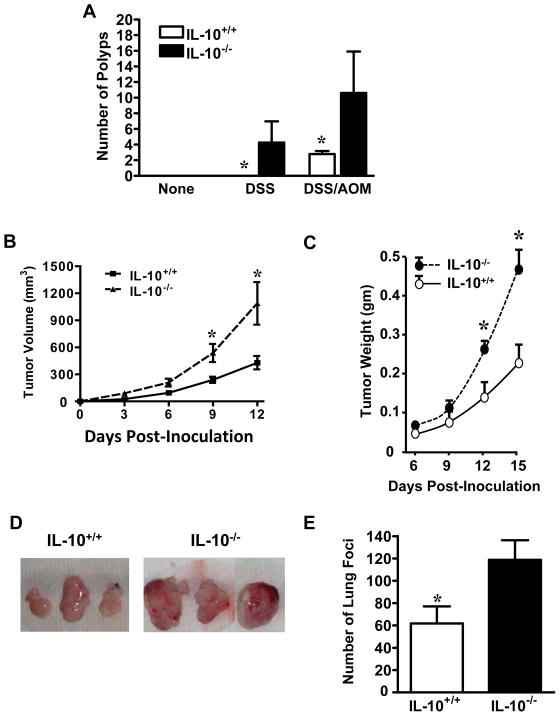Figure 1. IL-10 deficiency increased tumor incidence, growth, and foci formation.
(A). Chemically-induced tumor incidence in IL-10+/+ and IL-10−/− mice. IL-10+/+ and IL-10−/− mice were given no treatment, DSS, or DSS and AOM as described in Material and Methods. Numbers of colon polyps were recorded. Results are expressed as the mean of colon polyps +/− SEM. 6 mice per genotype. *, P < 0.05. (B–D). Tumor growth in IL-10+/+ and IL-10−/− mice. MC38 cells were inoculated subcutaneously into the left flank of IL-10+/+ and IL-10−/− mice. B. Tumor volume was monitored and recorded. 10 mice per genotype. *, P < 0.05. C. Tumors excised at each time point were weighed. 5 mice per time point per genotype. *, P < 0.05. D. Six actual tumors are shown. (E). Tumor lung foci in IL-10+/+ and IL-10−/− mice. MCA310 cells were injected intravenously into IL-10+/+ and IL-10−/− mice. The numbers of lung tumor foci were counted two weeks after tumor inoculation. 6 mice per genotype. *, P < 0.05.

